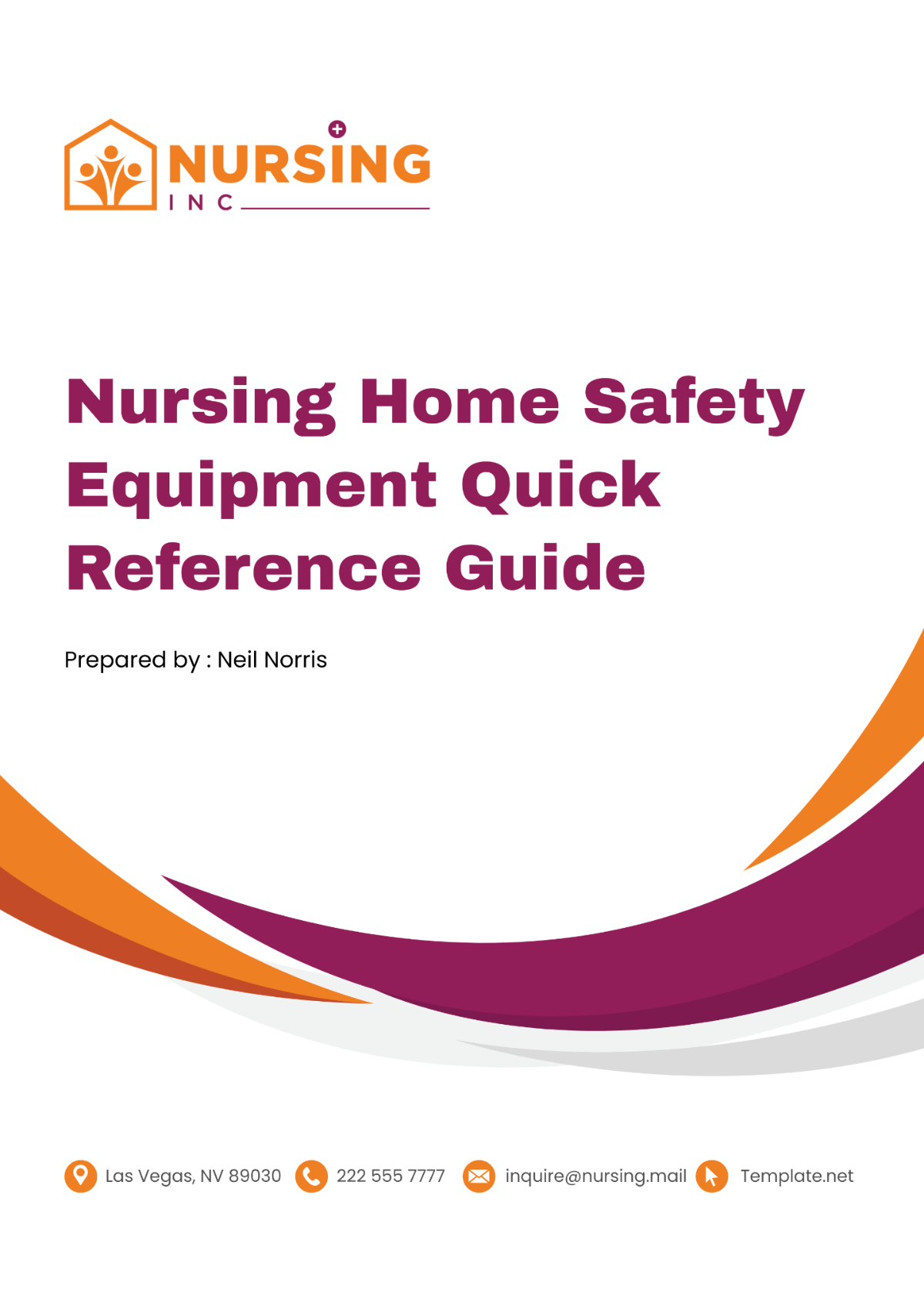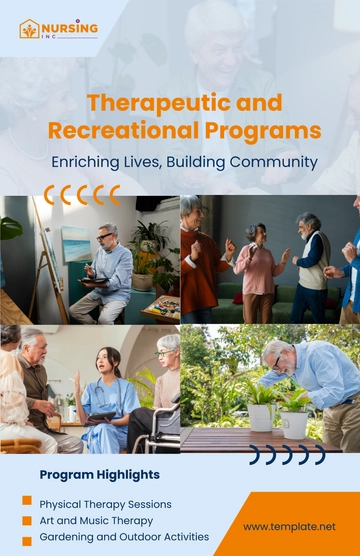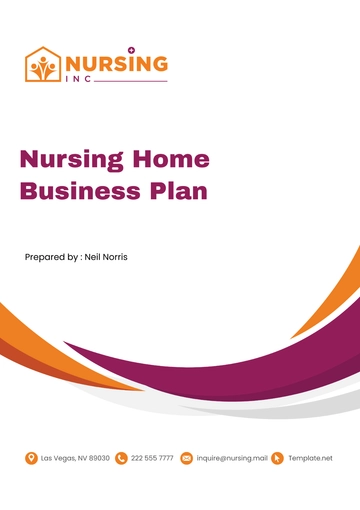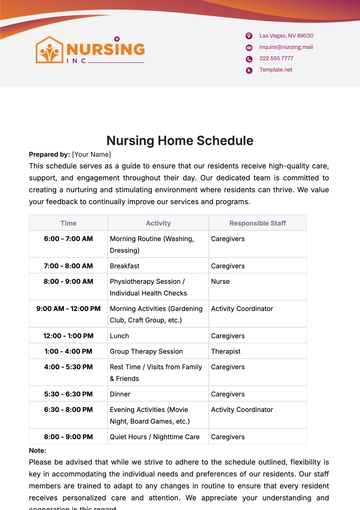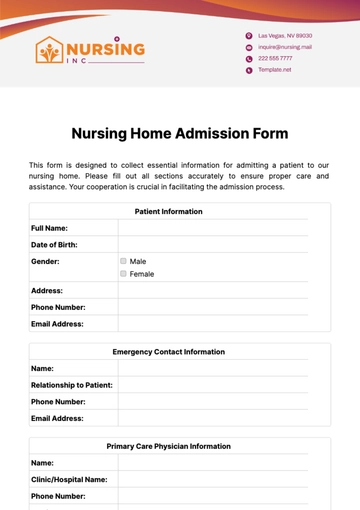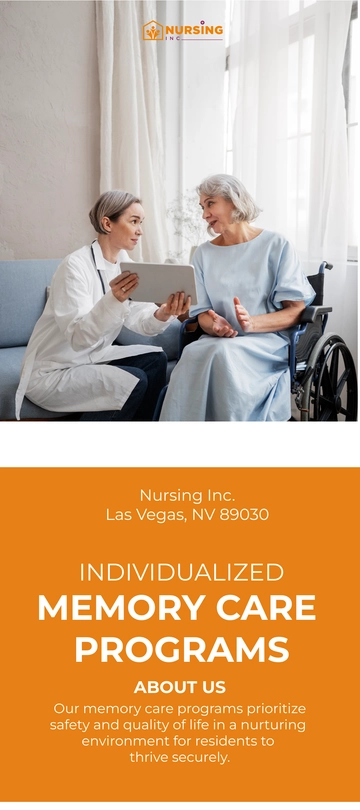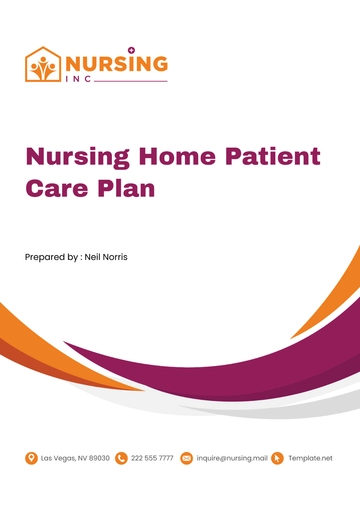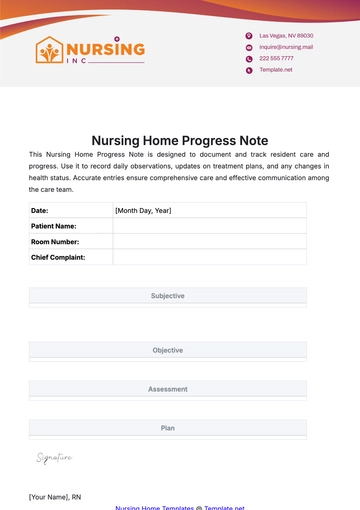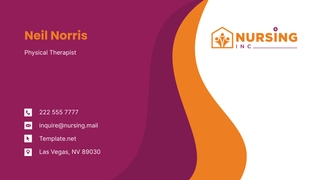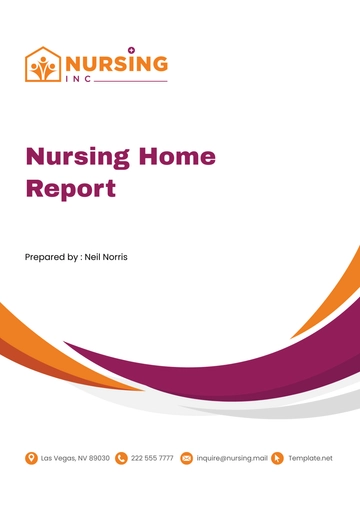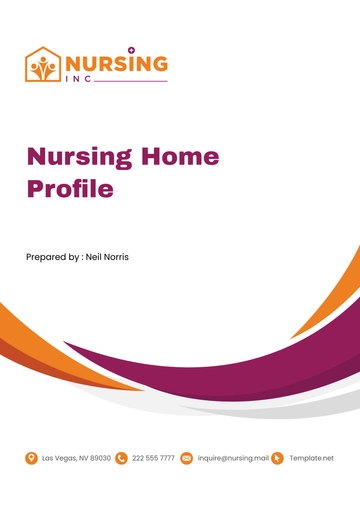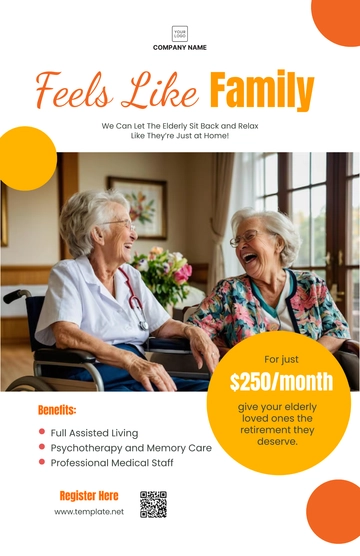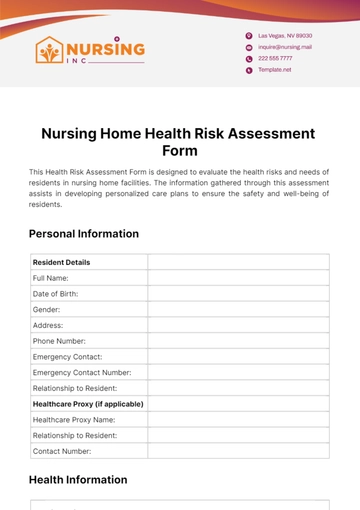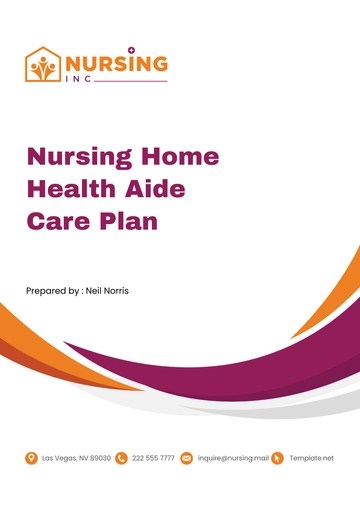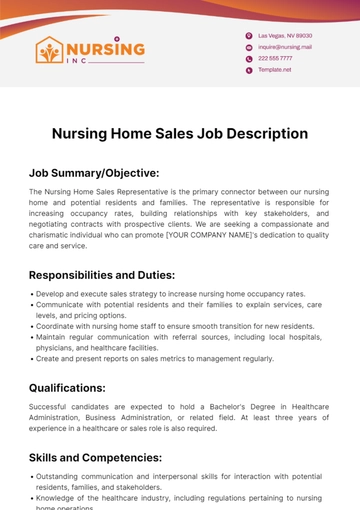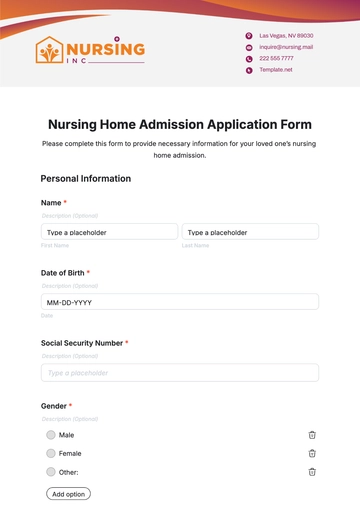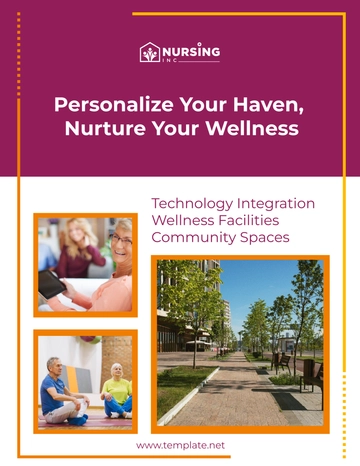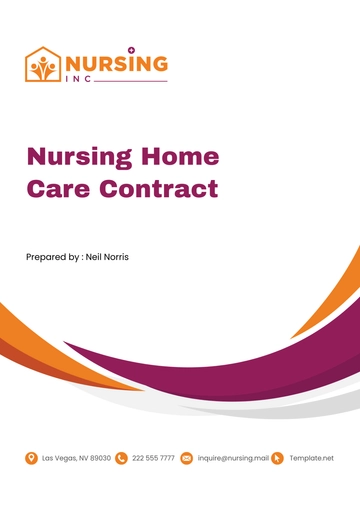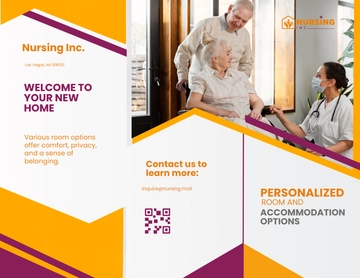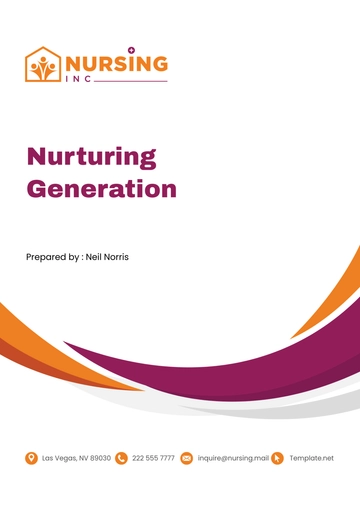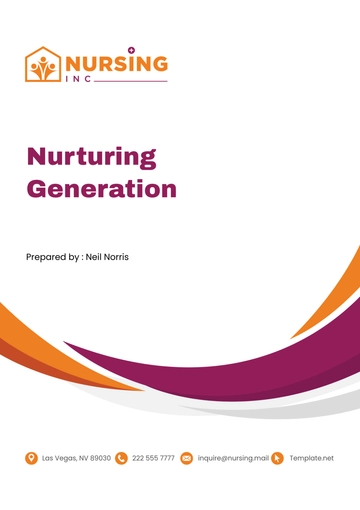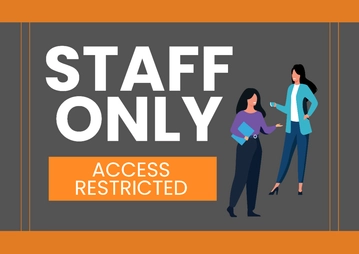Nursing Home Safety Equipment Quick Reference Guide
I. Introduction
Welcome to our Nursing Home Safety Equipment Quick Reference Guide. This document serves a crucial role in ensuring that all staff members are well-informed about the safety equipment available within our facility, how to use it correctly, and where it can be found. The purpose of this guide is to enhance the overall safety and well-being of our residents, staff, and visitors by providing easy access to vital information on various types of safety equipment. From personal protective equipment (PPE) to emergency and medical devices, this guide covers a broad scope designed to prepare our team for both routine and emergency situations effectively.
II. Personal Protective Equipment (PPE)
In our commitment to maintaining a safe environment, we place a strong emphasis on the proper use of Personal Protective Equipment (PPE). PPE is crucial for protecting staff and residents from potential health risks. Below is a table outlining the types of PPE available, guidelines for their use, and where they are stored within our facility.
PPE | Usage Guidelines | Storage Location |
Gloves | Use when handling cleaning chemicals, providing personal care, or any potential contact with bodily fluids. | Supply Closet on Each Floor |
Masks (surgical, N95) | Surgical masks for general care activities. N95 masks for use in situations with airborne precautions. | Nursing Stations |
Gowns | Wear during activities that may result in clothing contamination. | Central Supply Room |
Eye Protection | Use during procedures with risk of splashes or sprays to the eyes. | Central Supply Room |
III. Emergency Equipment
A. Fire Safety Equipment
Our facility is equipped with comprehensive fire safety equipment, strategically located throughout the premises to ensure rapid response capabilities in the event of a fire.
Fire Extinguishers: Located in hallways, near exits, and in kitchens. Instructions: Pull the pin, aim at the base of the fire, squeeze the handle, and sweep side to side.
Fire Blankets: Located in kitchens and laboratories. Instructions: Remove from the container, drape over the fire to smother it, and turn off any heat source.
B. First Aid Supplies
First aid kits are an essential part of our emergency equipment, stocked with supplies to address minor injuries and stabilize conditions until professional medical help can arrive. Kits are located at nursing stations, in the kitchen, and in recreational areas.
Contents: Band-aids, gauze pads, adhesive tape, antiseptic wipes, scissors, tweezers, gloves, and CPR masks.
Instructions for Use: Identify the need (e.g., cut, burn), select appropriate supplies (e.g., band-aid, gauze), apply the supplies as trained or per the instructions included in the kit. Always wear gloves to protect against bloodborne pathogens.
C. Emergency Evacuation Aids
In the case of an emergency that requires evacuation, our facility is equipped with aids to ensure that all residents, including those with mobility challenges, can be safely evacuated.
Evacuation Chairs: Available on all floors with non-ground level access. These chairs are designed for safe stairway descent with residents who cannot walk independently.
Emergency Exit Wheelchairs: Lightweight, foldable wheelchairs stored near emergency exits for quick accessibility during evacuations.
Glow-in-the-Dark Path Markings: Installed along evacuation routes to guide the way to safety in case of power failure.
IV. Cleaning and Disinfection Equipment
A. Disinfectants and Cleaners
Maintaining a clean and sanitary environment is paramount in our facility. We utilize a range of disinfectants and cleaners, each specifically chosen for their effectiveness against pathogens and their safety for use in healthcare settings. The table below outlines our primary disinfectants and cleaners, their intended uses, and necessary safety precautions to ensure the well-being of our residents and staff.
Disinfectant | Intended Use | Safety Precautions |
Hospital-grade Disinfectant | Surfaces in resident rooms and common areas | Use gloves; ensure proper ventilation during use |
Alcohol-based Sanitizer | Hand sanitation for staff and residents | Avoid contact with eyes; flammable |
Bleach Solution | High-touch surfaces and bathrooms | Dilute properly; use gloves and protective eyewear |
B. Cleaning Tools
Our cleaning protocol includes a variety of tools, each designed to effectively maintain the cleanliness of our facility while ensuring the safety and comfort of our residents.
Tool | Maintenance | Storage |
Microfiber Mops | Wash after each use; replace heads as necessary | Hang in designated cleaning closet |
Dusters | Shake clean outside; wash regularly | Store in clean, dry area |
High-efficiency Vacuum Cleaners | Empty and clean filters after each use; check for wear | Store with cords neatly wrapped in utility room |
V. Medical Equipment
A. Patient Transfer Devices
Ensuring the safe movement of residents, particularly those with mobility limitations, is a critical aspect of our care. The following table lists the patient transfer devices available, along with guidelines for their usage and safety tips to prevent injury.
Device | Usage | Safety Tips |
Hoyer Lift | Transferring residents from bed to chair or vice versa | Always check the sling for wear; never exceed weight limit |
Transfer Belts | Assisting residents with walking or short transfers | Ensure a secure grip; communicate clearly with resident during transfer |
B. Mobility Aids
Mobility aids are provided to assist residents with their daily movements, enhancing their independence and safety. The table below details the types of mobility aids available, their intended usage, and safety considerations.
Device | Usage | Safety Tips |
Walkers | Support for walking and balance | Adjust height for the user; ensure clear path |
Wheelchairs | Mobility for non-ambulatory residents | Check brakes and wheel locks before use; use footrests |
Canes | Assistance with balance and stability | Choose the correct type for the resident’s needs; regularly check the rubber tip for wear |
VI. Maintenance and Inspection Schedules
Regular maintenance and inspection of safety equipment are critical to ensuring the ongoing safety and efficiency of our operations. We adhere to a comprehensive schedule for checking, servicing, and updating our equipment, outlined below, to prevent malfunctions and ensure all items are ready for use when needed.
Equipment | Maintenance Schedule |
Fire Extinguishers | Inspect monthly; service annually |
First Aid Supplies | Check quarterly; restock as needed |
Evacuation Chairs | Inspect and test semi-annually |
Cleaning Tools | Maintenance after each use; deep clean monthly |
Medical Equipment | Inspect before each use; calibrate annually |
VII. Training Program
Our commitment to safety extends to comprehensive training programs for our staff, ensuring everyone is equipped with the knowledge and skills to use safety equipment effectively.
Program | Duration | Frequency |
PPE Usage and Safety | 1 hour | Annually |
Fire Safety Training | 2 hours | Bi-annually |
Emergency Procedures | 1.5 hours | Annually |
Equipment Operation | Varies by equipment | Upon new equipment acquisition; refresher courses annually |
VIII. Online Resources
For additional information and training on the use of safety equipment, the following online resources are available. These resources provide valuable insights and guidelines to complement our in-house training programs.
[Link] PPE Usage Guidelines
[Link] Fire Safety Best Practices
[Link] First Aid Tutorial Videos
[Link] Evacuation Chair Operation Guide
[Link] Effective Cleaning Techniques
IX. Contact Information
In case of emergencies or to report equipment issues, the following contacts are essential. Please keep this information accessible and notify the appropriate personnel immediately should any concerns arise.
Contact Type | Name | Phone Number |
Facility Manager | | |
Local Fire Department | | |
Medical Emergency | | |
Equipment Supplier | | |
X. Revision History
Revision Date | Description of Updates | Updated By |
[Insert Date] | Initial creation of the guide. | [Your Name] |
| | |
| | |
| | |
Nursing Home Templates @ Template.net
